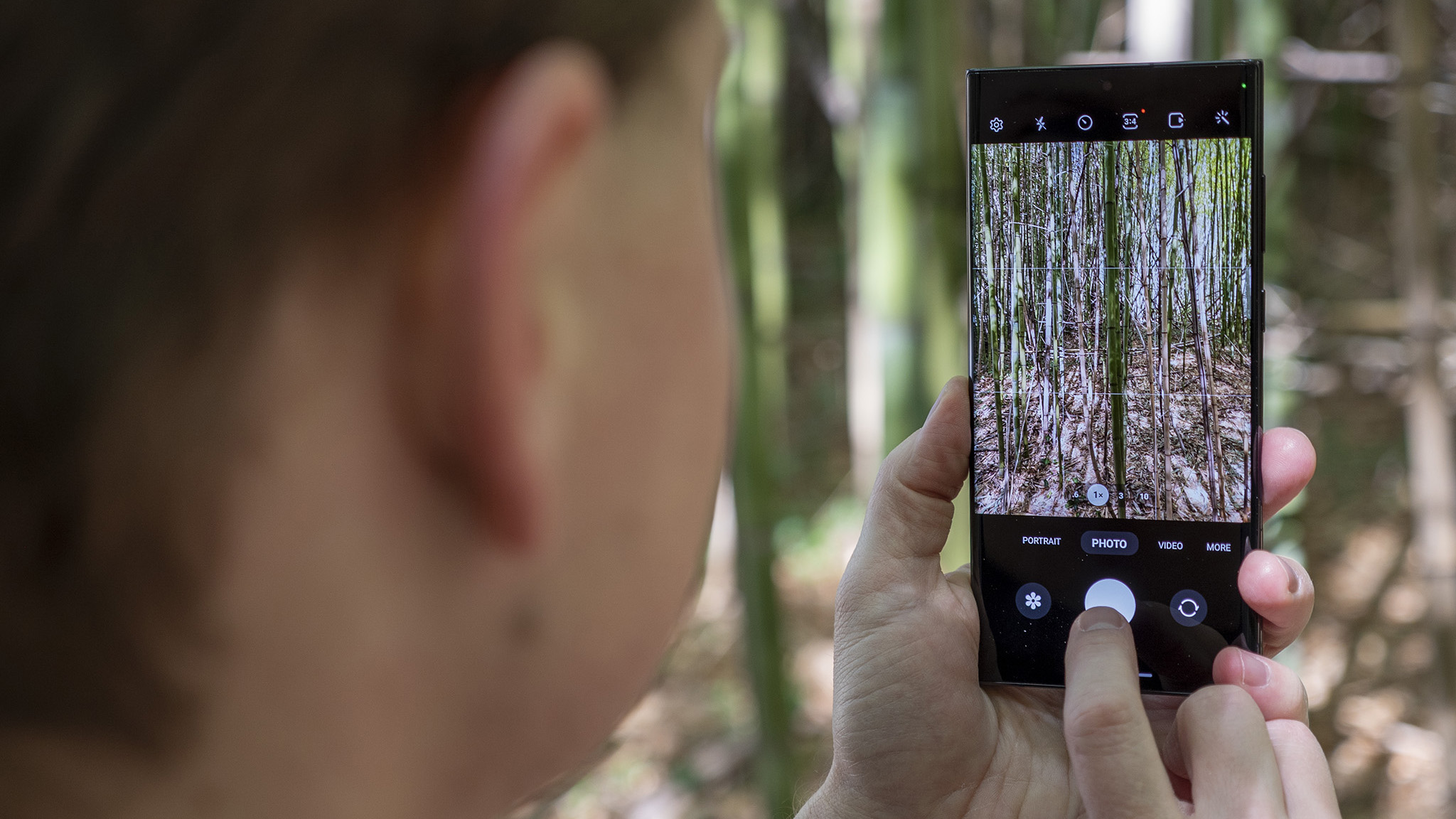Google CameraX upgrade could soon fix Android apps with poor camera quality
Some improvements now, and even more when Android 13 lands.

What you need to know
- Google CameraX is a developer tool that can be used to enhance camera quality within apps.
- Google's latest update for the tool provides better quality video capture and support for advanced features like HDR video.
- Google is rolling out a new baseline profile so even entry-level phones can get quality features like portrait mode and night mode.
Have you ever opened an app that uses your phone's camera and wondered why the quality looked so poor? Oftentimes, it's because app developers don't have access to good tools that allow them to take advantage of the camera hardware in many Android phones. That could soon change with the launch of a new version of CameraX, a Jetpack library that developers can use to ensure that even entry-level phones will deliver the consistent camera quality that users expect.
Announced in a developer session at Google I/O 2022, Google developed CameraX to provide a baseline for developers to use while developing apps that use an Android device's camera. That means that no matter if users have one of the best Android phones or just an entry-level device, those users can expect the camera quality in apps to look as good as what comes out of the device's camera software.
The launch of CameraX 1.1 debuted new video capabilities to go along with existing photo capture capabilities, including the ability for apps to treat all cameras on a device as one "logical" camera. By doing that, users can expect smooth transitions between cameras when zooming in or out.
Once Android 13 is made available, CameraX will be getting even more features for developers to take advantage of. Apps built with CameraX will display a more accurate, higher-quality viewfinder image, including preview stabilization and jitter reduction. That means the preview will look like the final result, so no more cropping in the final video when digital stabilization is used, and laggy viewfinders should (hopefully) be a thing of the past.

Additional improvements have also been made for the viewfinder when capturing high-speed video — that primarily means 60FPS — which should help prevent stuttering and frame drop. HDR video capture for both front and rear cameras will also be supported with Android 13. Google says it's using the HLG10 profile as the minimum baseline to consistent quality.
Lastly, CameraX is adding extensions so that apps can call on common camera modes like night mode, portrait bokeh, HDR, face retouch, and, of course, auto mode. This way, all phones — yes, even the cheapest Android phones — so developers won't have to worry about some phones not supporting a specific type of camera mode in their apps. That means more phones might get access to updates like Snapchat night mode instead of it being exclusive to a few popular devices.
Additionally, Google will be providing a baseline extension that apps can fall back to in case a phone manufacturer didn't create its own camera extension for apps' use. That's great news for everyone, and especially for all those social apps that love using phone cameras.
Get the latest news from Android Central, your trusted companion in the world of Android

Get a great shot every time with the Google Pixel 6, the smartphone developed for folks who want a great camera but don't want to spend a ton of cash.

